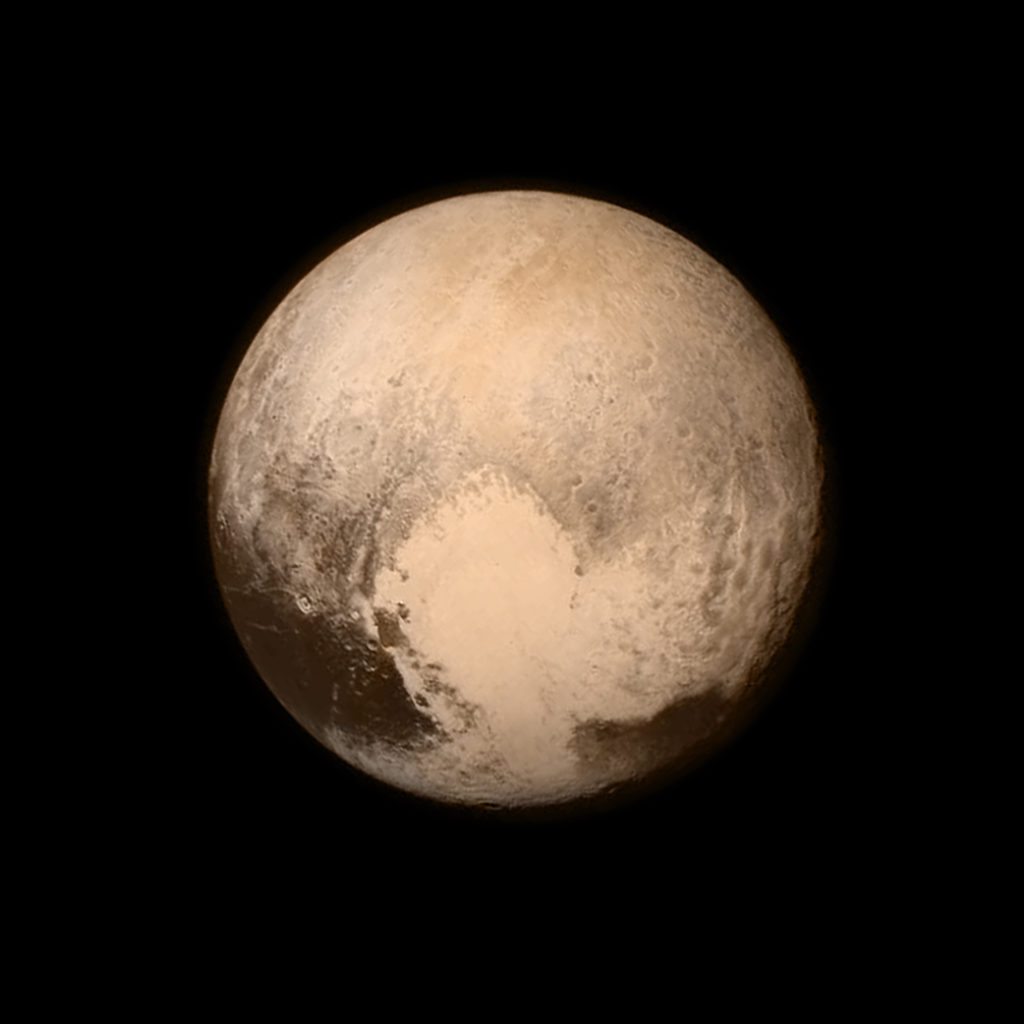New Horizons: exploring Pluto’s heart
January 19, 2006. After much delay due to inspection and weather related difficulties, the New Horizons probe – aptly powered by plutonium – was launched on-board an Atlas V rocket.
Its objective was to investigate the general geography and surface composition of both Pluto and its moon Charon, in addition to examining the atmosphere of each, if such a thing existed. Over the course of its mission, the probe itself has captured all of our hearts, exploding onto social media with the first detailed glance at the heart of our favourite dwarf planet.
Since the discovery of Pluto in 1930 by Clyde Tombaugh (whose ashes are on board the New Horizons spacecraft), scientists around the globe have contemplated the idea of visiting the dwarf planet.
In 1980, NASA considered allowing the Voyager 1 craft (currently the furthest-flown manmade object) to perform a flyby, but unfortunately this fell through. NASA’s later plans to visit Pluto were also dropped due to funding concerns, but in 2002, heavy support from the scientific community triggered the conception of the New Frontiers project, the parent to the New Horizons mission.
The New Horizons project has so far given us much information about Pluto through its photographs and instrument recordings. Several dark patches have been spotted on the dwarf planet’s surface during transit, which have affectionately been given unofficial names such as Cthulhu and Balrog, and one patch present on Charon called Mordor. In addition to this, a now-iconic ‘heart’ on the surface of Pluto has been photographed in great detail, and is believed to be an impact crater filled with frozen gases.
A little more recently, Pluto has been shown to have an atmosphere (and surface) of nitrogen, methane, and carbon monoxide; these exist as both ices and gases on the dwarf planet due to its tiny atmospheric pressure, which is around one million times weaker than that of Earth. Curiously enough, the atmosphere of Pluto is constantly depleting, with the surface ice changing into a gas instantly as the dwarf planet veers a little closer to the sun, only for some to be refrozen later as it moves away.
Underneath this layer of nitrogen, methane and carbon monoxide is another layer comprised of water-ice, which is also thought to form the giant mountains that dot the surface of the dwarf planet, with some reaching heights of over 11,000ft.
Slightly more curious is the fact that Pluto displays a small number of impact craters, suggesting that the surface of the dwarf planet is relatively new. This suggests that the planet is geologically active, something that has never been observed on an icy planet before. Scientists have since hinted at the possibility of tectonic activity taking place at some point in Pluto’s lifetime, caused by an unknown source of inner heat.
So what’s next for New Horizons? Well, it has enough fuel to last until the late-2020s, by which point its current mission will be irrelevant. In the immediate future, New Horizons will continue to send data back from Pluto for the next 16 months, as only two to three percent of all the information expected has been received so far. This data will include images of Pluto’s four other moons, Nix, Hydra, Kerberos and Styx.
After passing through the Pluto system, New Horizons will reach the Kuiper Belt, a region of small bodies (asteroids) just beyond Pluto, with the goal of studying up to two objects in the system. The Kuiper Belt mission is scheduled for 2016, and will most probably last until 2020 when the probe is expected to reach interstellar space. This is a hugely exciting concept since only four other manmade objects are believed to have done this so far.
Currently, the New Horizons probe is around 31.95 Astronomical Units (4,779,650,000 km) away from Earth, which places it just beyond Pluto.

Comments